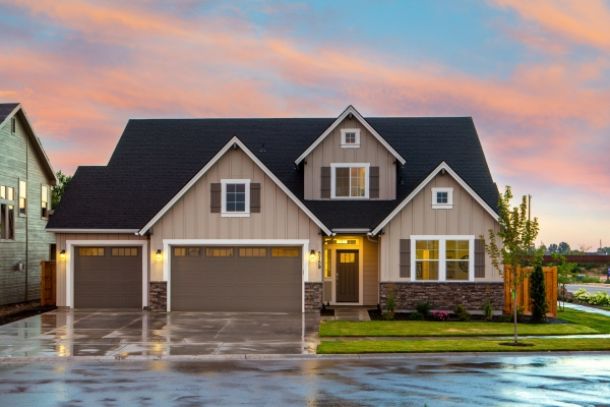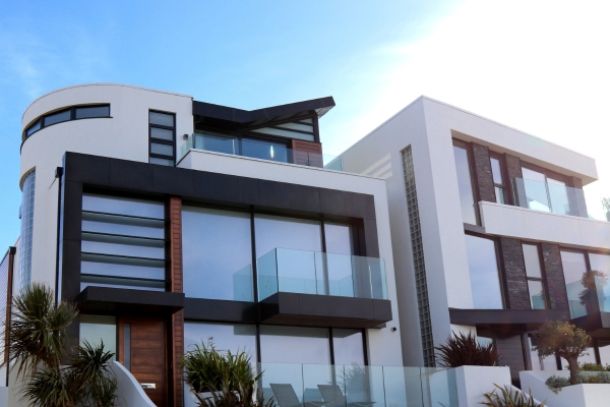The Essentials of Building a Wooden House
The Essentials of Building a Wooden House
Building a wooden house is a complex yet deeply fulfilling endeavor. “The Essentials of Building a Wooden House” focuses on the core components and critical techniques required to construct a sturdy, attractive, and energy-efficient home using wood. This article provides a detailed overview of the essential elements—from conceptual design and material selection to structural techniques and long-term maintenance—ensuring that your project stands up to the test of time.
Introduction
Wooden houses have long been celebrated for their natural charm, energy efficiency, and the warmth they bring to living spaces. However, building one successfully requires an understanding of both traditional craftsmanship and modern construction methods. This guide outlines the essential steps and best practices that every DIY builder must consider to create a wooden home that is both resilient and visually appealing.
Laying the Foundation: Planning and Design
Creating a Clear Blueprint:
The first step in building a wooden house is thorough planning. Begin by defining the layout, dimensions, and key features of your home. Detailed blueprints—whether hand-drawn or created with CAD software—are essential for visualizing the final product and guiding the construction process. Your plans should include everything from room layouts and structural supports to the placement of windows, doors, and utility lines.
Site Selection and Preparation:
Selecting the right site is critical. Evaluate factors such as soil quality, drainage, and accessibility to local amenities. A well-prepared site minimizes the risk of foundation issues and ensures that your home is built on stable ground. Choose a foundation type that suits your terrain—whether it’s a concrete slab, pier and beam, or crawl space—and ensure proper site preparation to prevent moisture and shifting problems.
Budget and Timeline:
Establishing a realistic budget and timeline helps manage expectations and keeps the project on track. Account for all expenses, including materials, labor (if applicable), permits, and a contingency fund for unexpected costs. A clear schedule with milestones for each phase—from design and foundation to framing, roofing, and finishing—ensures that every step is completed systematically.
Material Selection: Quality and Sustainability
Choosing the Right Wood:
The wood you select is the backbone of your home. Options such as cedar, pine, or oak are popular due to their durability and natural resistance to decay and pests. It is crucial that the wood is properly seasoned to reduce the risk of warping and shrinkage after construction. Sustainable sourcing—such as reclaimed or certified wood—also plays an important role in reducing environmental impact.
Supporting Materials:
In addition to quality wood, incorporate materials that enhance the overall strength and energy efficiency of your home. Reinforcements like metal brackets, high-performance insulation, and weather-resistant sealants help protect the structure from the elements. These complementary materials ensure that your wooden house remains sturdy and efficient over time.
Structural Techniques: Framing and Joinery
Accurate Framing:
The framing stage is essential for the structural integrity of your wooden house. Use treated lumber to construct a robust frame that will support all subsequent construction. Employ modern tools such as laser levels and digital measuring devices to achieve precise cuts and perfect alignment. Accuracy during framing is critical to avoid future structural issues.
Time-Tested Joinery:
Traditional joinery techniques—such as mortise and tenon, dovetail joints, or saddle notches—have been used for centuries to connect wood securely. These methods, combined with modern fasteners, ensure that the connections between wooden elements are both strong and visually appealing. Mastering these joinery techniques is key to creating a durable structure.
Insulation, Roofing, and Windows
Enhancing Energy Efficiency:
Proper insulation is vital for maintaining a comfortable indoor climate and reducing energy costs. Supplement the natural insulating properties of wood with eco-friendly insulation materials in walls, roofs, and floors. Energy-efficient windows and doors, when properly installed and sealed, further improve thermal performance and contribute to a consistent indoor temperature.
Roofing for Protection:
The roofing system protects the home from weather-related damage. Whether you choose traditional wooden shingles or modern metal panels, ensure that the roof is constructed with precision to prevent leaks and moisture penetration. A well-designed roof not only adds to the aesthetic appeal of your home but also plays a crucial role in its long-term durability.
Interior and Exterior Finishing
Exterior Treatments:
A protective exterior finish is essential for preserving the wood’s natural beauty and longevity. Apply high-quality sealants, stains, or eco-friendly paints to shield the wood from UV rays, moisture, and pests. Regular maintenance of the exterior finish ensures that your home retains its visual appeal and structural integrity.
Interior Customization:
The interior of your wooden house should reflect both functionality and personal style. Design open, light-filled spaces that accommodate modern living while showcasing natural wood elements. Custom-built features such as cabinetry, exposed beams, and handcrafted details can create an inviting atmosphere that highlights the unique character of your home.
Long-Term Maintenance and Sustainability
Routine Inspections and Upkeep:
Maintaining a wooden house requires regular inspections to identify early signs of wear, moisture, or pest infestations. Implement a routine maintenance schedule that includes cleaning, resealing surfaces, and inspecting critical areas. This proactive approach helps prevent small issues from escalating into major repairs.
Adapting and Evolving:
As building technologies and materials improve, continue to educate yourself and adapt your maintenance practices. Keeping abreast of new techniques and innovations can help you extend the lifespan of your home and ensure it remains energy-efficient and comfortable for years to come.
Conclusion
The essentials of building a wooden house lie in careful planning, quality material selection, precise construction techniques, and diligent maintenance. By following a systematic approach—starting with detailed blueprints and a solid foundation, progressing through meticulous framing and insulation, and finishing with personalized interior and exterior touches—you can build a home that is not only structurally sound but also a true reflection of your vision and values. Embrace the journey, learn from every step, and enjoy the satisfaction of creating a wooden house that will stand as a lasting testament to your craftsmanship and commitment to sustainable living.


